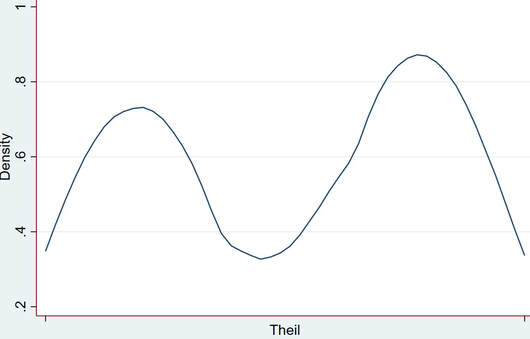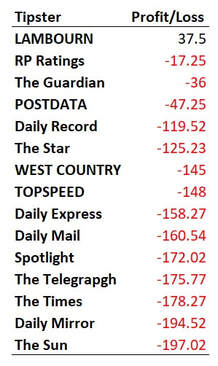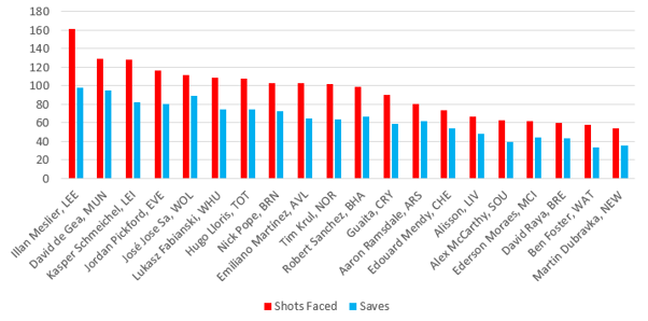I am at a stage in my life where my time outside of work is largely taken up by trips to U6 Gaelic Football, U6 hurling, U7 soccer and swimming lessons. These are packed around a tight schedule and involve relatively short trips to various sports facilities in our locality. I even coach the soccer team.
When I was a child most of these activities did not start until one reached maybe 9 or 10 years of age. It is about half that age now. Another notable change is the registration fee. All four - as one would expect - charge a fee to join. When I was a child it was almost unheard of that one would pay to represent a team in a field sport. It was (I think) culturally unacceptable to ask an underage player to pay to play GAA or soccer. In contrast, swimming lessons, were run through our school and the cost was about £10-£12 in total. It was expected that one would pay for access to the pool and the labour cost of instructors.
Today things are different for hurling, Gaelic football and soccer. All of these codes now charge a membership fee, with the price covering the season of play. Swimming is charged on a monthly basis. The cost of swimming for one month is about the same as the annual cost of any one of the three field sports. Again, this cost differential is down to the costs of hiring and running the pool and the cost of hiring staff. Average Swimming Instructor hourly pay in Ireland is €15 per hour. Parents expect instructors to be paid and instructors expect to be compensated for their time and expertise. The market works. Lessons are in huge demand.
But why don't we pay GAA or soccer coaches? It is not expertise or training. I have almost a lifetime of experience playing soccer and a growing number of coaching qualifications. I am sure the same is true of hurling and GAA coaches. Is this a modern example of not treating the field sports like swimming (no registration fee in the 1980s) that will change in time?
My experience tells me if field sports coaches (like soccer or hurling) looked to be paid the answer would be (at best) a polite "no". You do this for the greater good and "love of the club". Rather than being paid, it costs these volunteers to coach; both in money and, more importantly, time. Hence the annual fee for field sports is less than 10% that of swimming.
People I speak to often comment that swimming lessons are "very expensive". Maybe they are. Or maybe hurling, GAA and soccer are just very cheap because of social norms and the expectations of coaching and giving up ones time.




 RSS Feed
RSS Feed